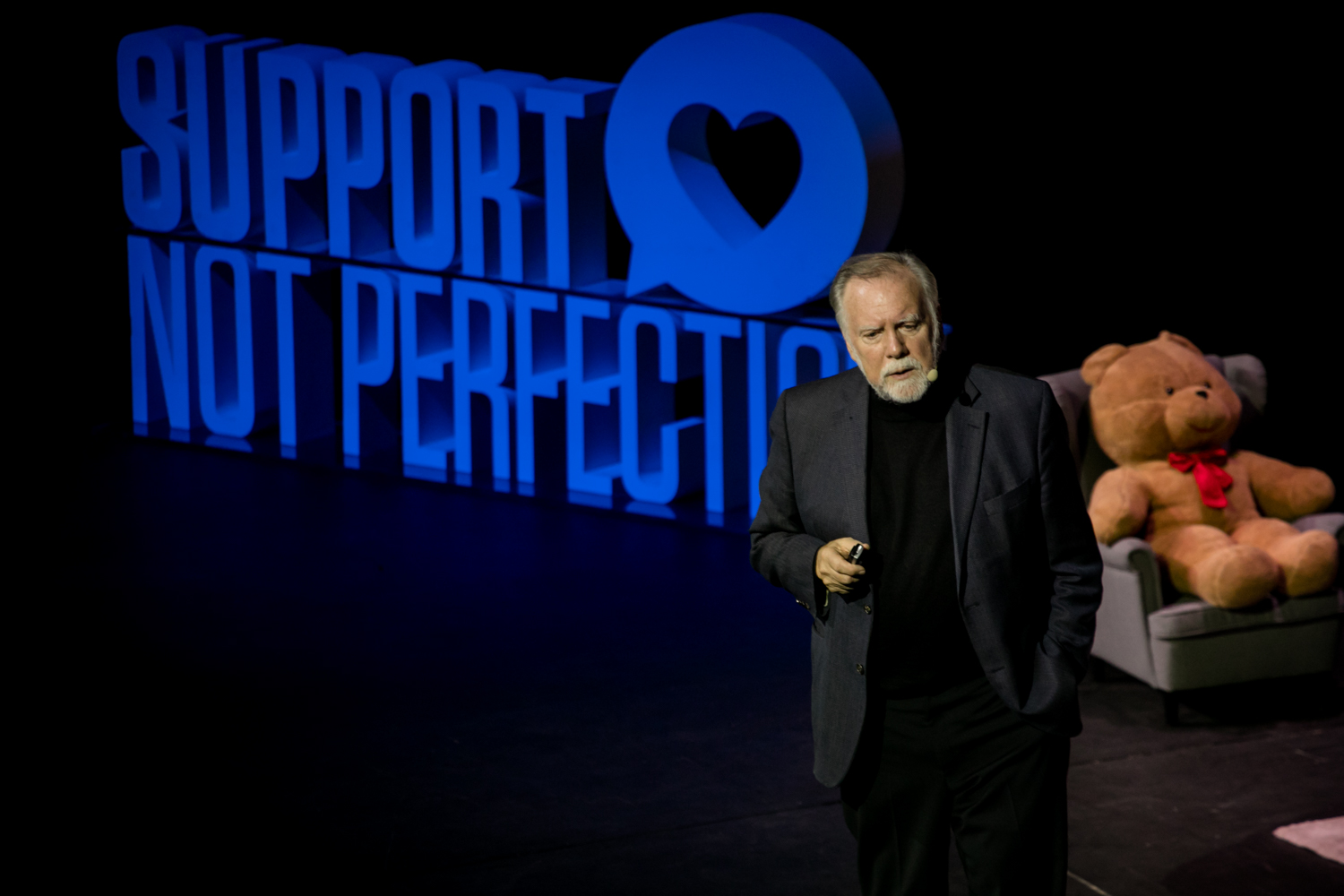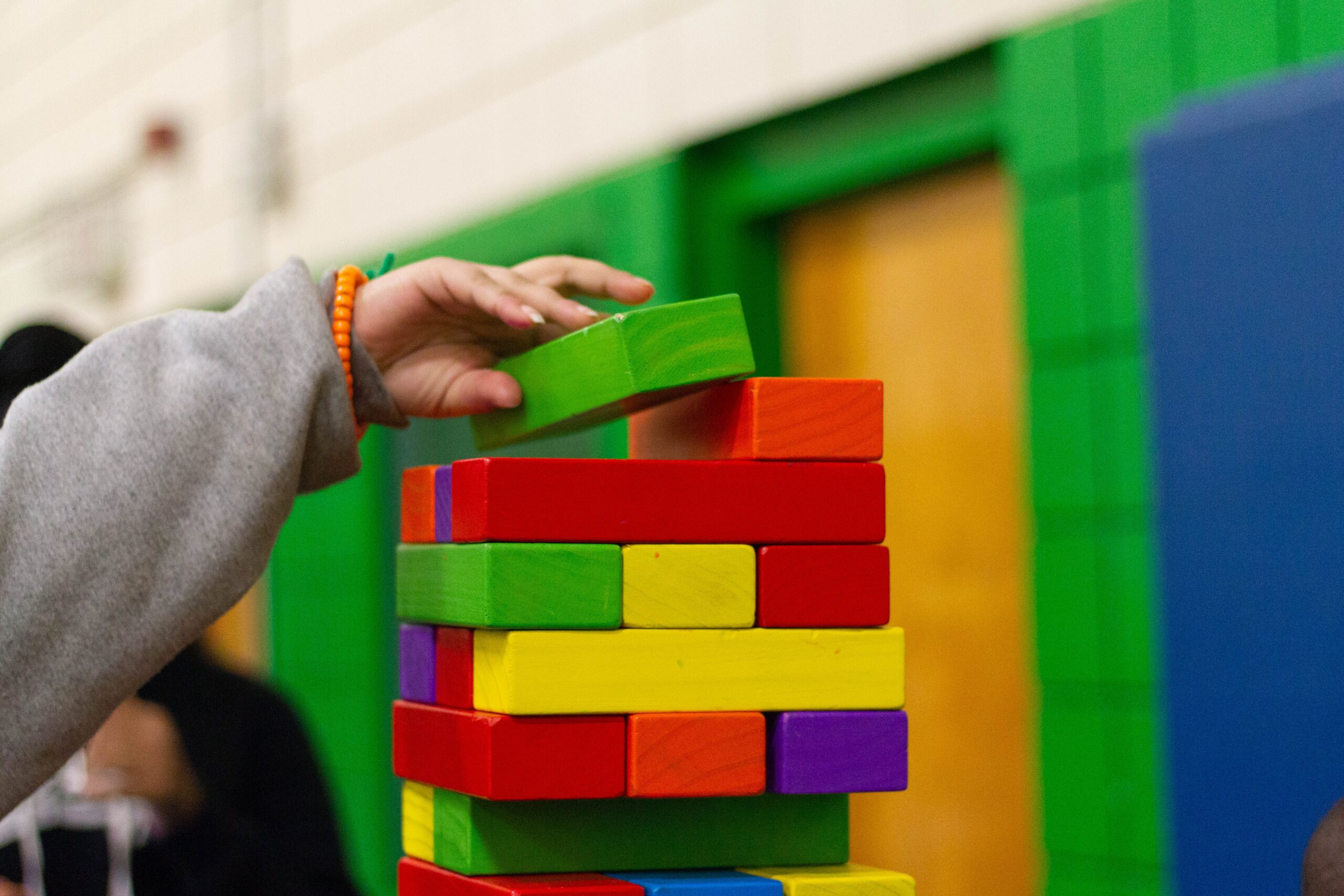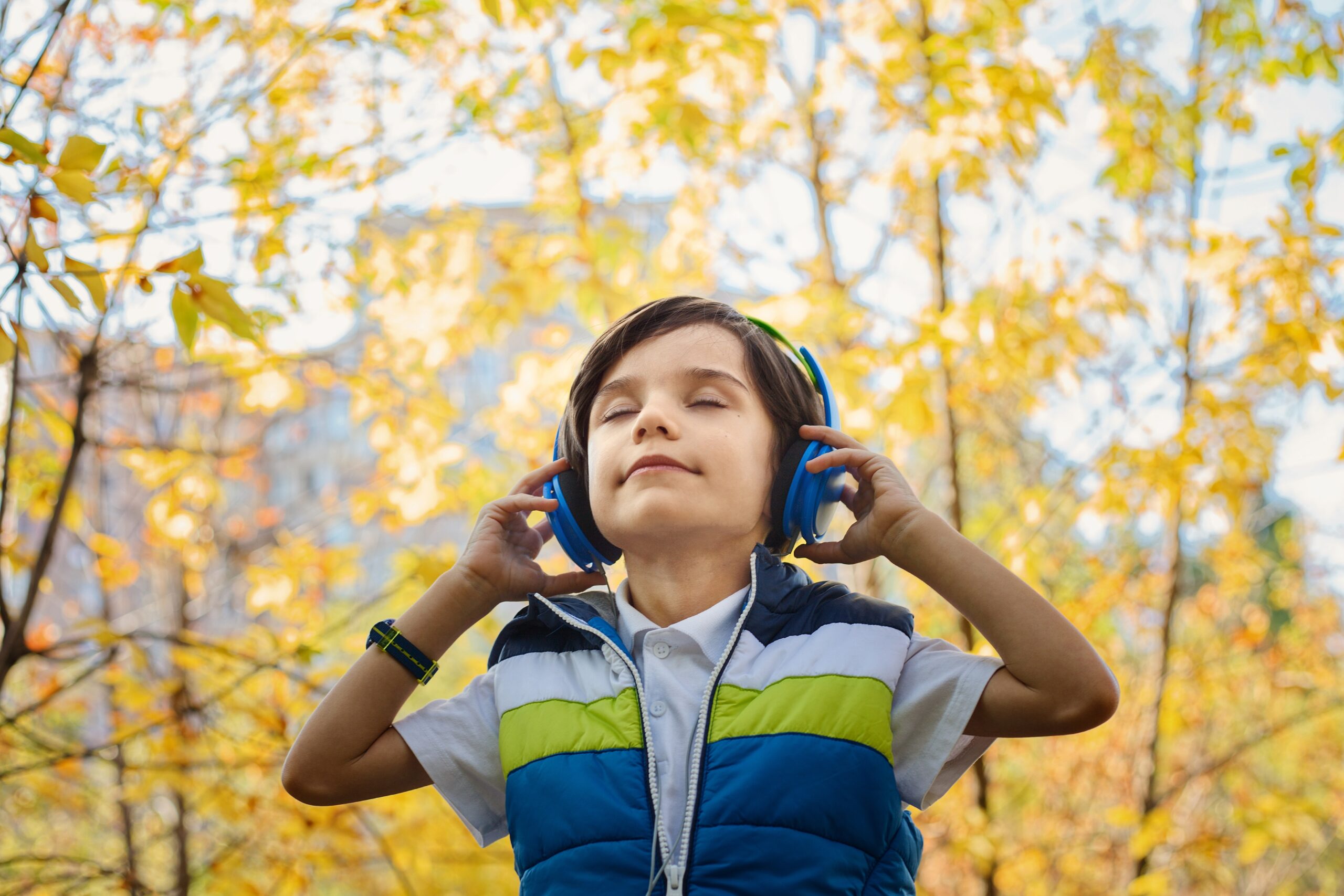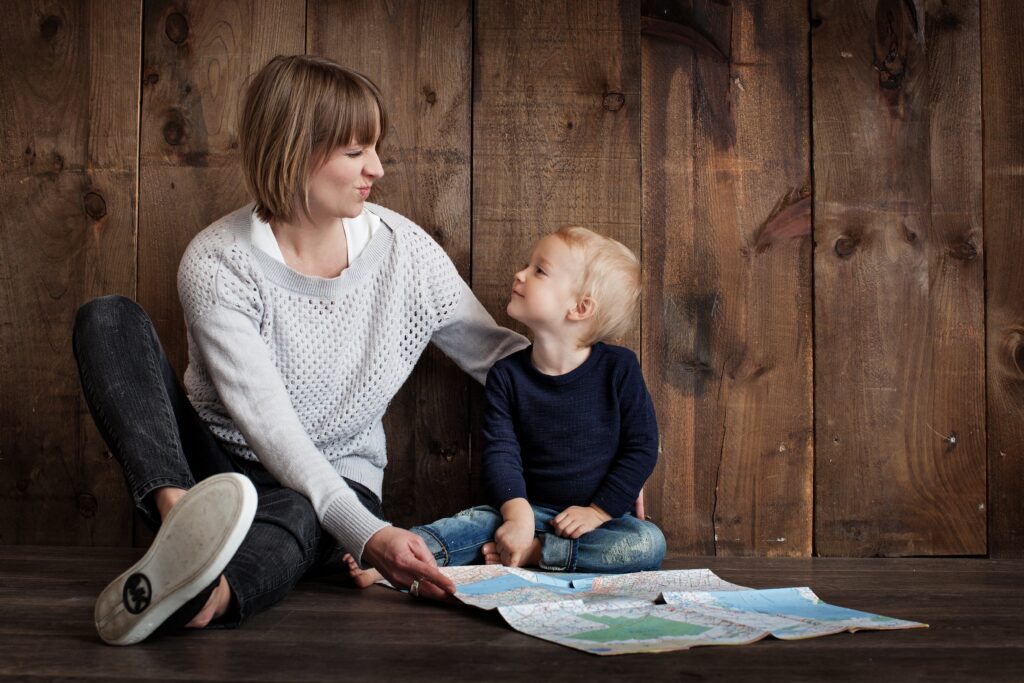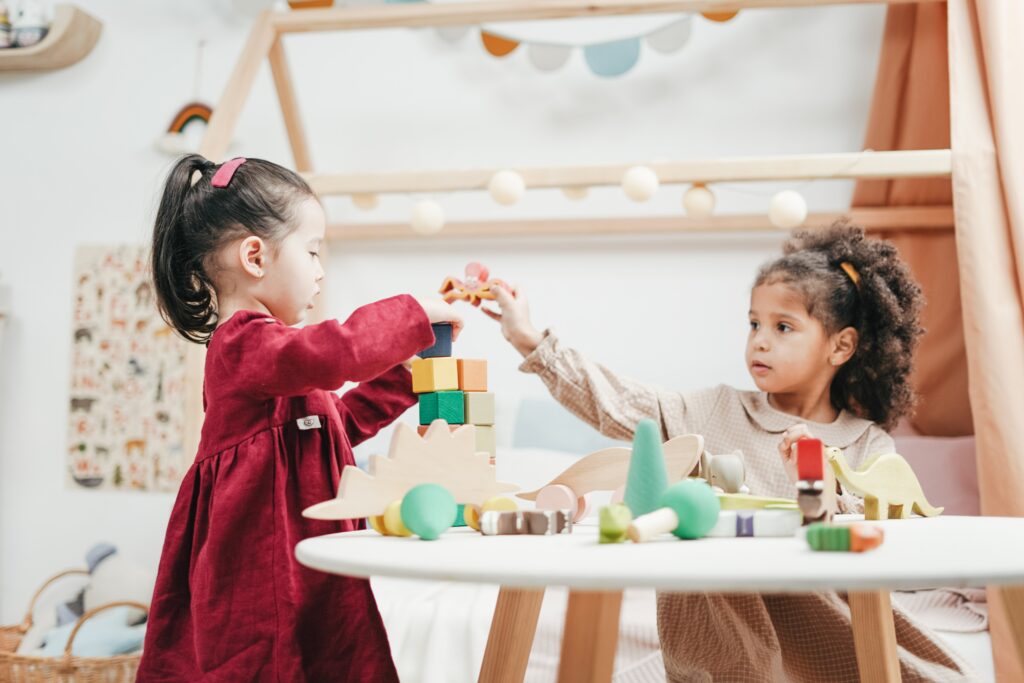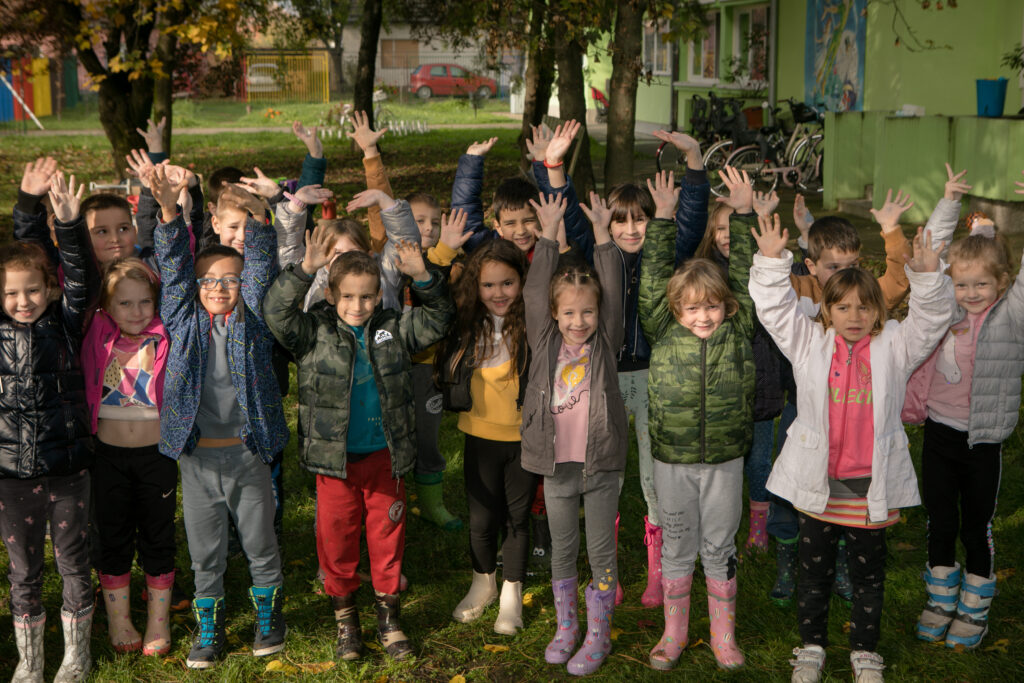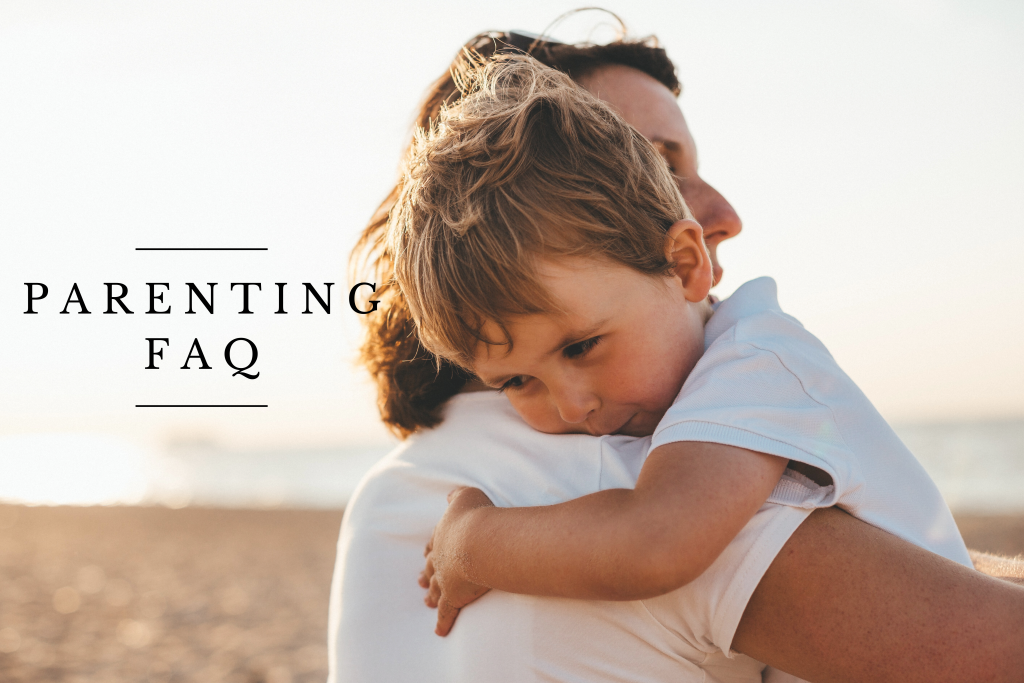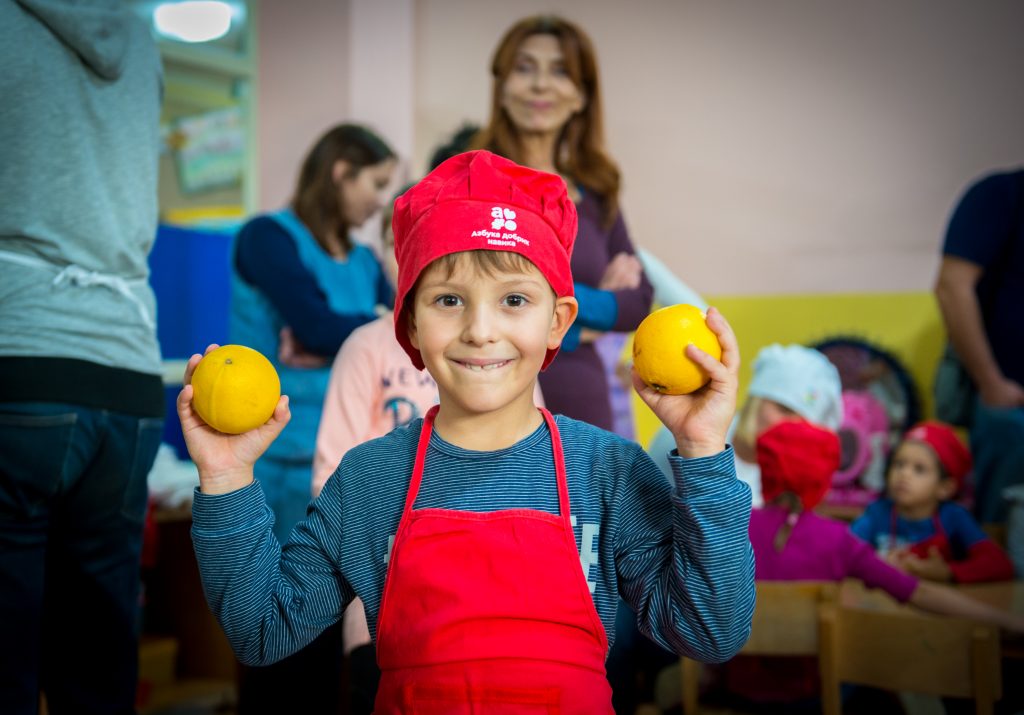Social and emotional development is crucial for children. The ability to manage their emotions, to understand other people have feelings and needs that may be different from their own, and to form positive relationships with others, will set the stage for their entire developmental future.
It is very important to encourage skill development which will help them learn to be gracious winners or outstanding losers, and how to behave in stressful situations. Children grow in constant interaction with their environment. Such environment naturally reflects on their social and emotional development. In addition, developmental psychologists point out that every child should have loving and affectionate environment in order to become socially and emotionally healthy person.
 Social and emotional development of children may vary depending on their temperament, cultural influences, some form of disability, actions of their parents, or other adults that are role-models, the feeling of being safe or not while interacting with grown-ups, opportunities for social interaction,…
Social and emotional development of children may vary depending on their temperament, cultural influences, some form of disability, actions of their parents, or other adults that are role-models, the feeling of being safe or not while interacting with grown-ups, opportunities for social interaction,…
Emotional development usually occurs in early childhood. First emotions that can be identified are joy, anger, sadness, fear and disgust. From the moment they are born, children establish relationship with the environment. They begin to recognize and manage their feelings. At the age of one and a half, they become aware of their emotional behaviour. Between two and three, according to the previously learned behavioral norms, they develop complex emotions such as pride, guilt, confusion and shame. Their ability to respond to the situations from the environment increases during the preschool years.
How to encourage social and emotional development of your child?
1. The positive feeling of affection in the first year of your child’s life makes the socialization possible. Therefore, it is extremely important for emotional development of every child to provide them with love and affection. Acknowledge your child’s feelings. Help them talk about what they feel and how they feel in certain situations.
2. Promote expression of feelings and help your child learn how to appropriately manage his emotions. For instance, if he is demonstrating anger by throwing away toys, tell him that everybody can be angry sometimes. However, point out that this model of behaviour is not good. Teach them to control their emotions and to calm down. Let them take a deep breath, and help them to turn away from the cause of their anger. Moreover, if you want to prevent children from certain things or actions, try to explain them why you want that.
![Image courtesy of [contributor name] FreeDigitalPhotos.net](http://novakdjokovicfoundation.org/wp-content/uploads/2014/02/Image-courtesy-of-contributor-name-FreeDigitalPhotos.net_-223x250.jpg) 3. Be a role model. When you have strong, respectful relationships and interaction with others, your child learns from your positive example. You should not neglect your own emotional and social needs. By nurturing them you will be also able to meet all the needs of your child, in a better way.
3. Be a role model. When you have strong, respectful relationships and interaction with others, your child learns from your positive example. You should not neglect your own emotional and social needs. By nurturing them you will be also able to meet all the needs of your child, in a better way.
4. Every day spend some time with your child. Even if it’s only half an hour. Read to him, talk to him, give him advise or show him that you are proud when he/she has done something right… In this way you will help them develop selfawareness and the sense of the world around them. Encourage your child’s curiosity. Support his creativity and independence.
5. Make sure your child has regular social contact with other children and adults. This will help him explore his world and get to know the people in it. By stepping into various social relationships children learn that they are separate individuals. They will be able to put themselves in another person’s shoes and imagine what that person is feeling.
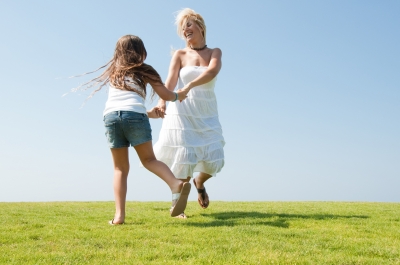 Apart from the family, peers and teachers have great influence on child’s social and emotional development at preschool age. Through various activities and games, teachers try to encourage and motivate children to learn how to express their feelings, understand emotions of other people, establish a relationship with people from their environment and become aware of their experiences and differences. One of the main tasks of theachers is to help children develop their social behaviour. Play has a very important role. It gives the child freedom to choose and the ability to make a decision. However, it also requires them to follow certain rules of the game. When playing, they learn about their environment and about the ways they can cope with it. There are many activities that teachers use in kindergartens. Each activity has a different purpose, either to help children understand various types of social behaviour, or teach them to be tolerant towards peers and appreciate differences, develop communication skills, learn to cooperate with others…
Apart from the family, peers and teachers have great influence on child’s social and emotional development at preschool age. Through various activities and games, teachers try to encourage and motivate children to learn how to express their feelings, understand emotions of other people, establish a relationship with people from their environment and become aware of their experiences and differences. One of the main tasks of theachers is to help children develop their social behaviour. Play has a very important role. It gives the child freedom to choose and the ability to make a decision. However, it also requires them to follow certain rules of the game. When playing, they learn about their environment and about the ways they can cope with it. There are many activities that teachers use in kindergartens. Each activity has a different purpose, either to help children understand various types of social behaviour, or teach them to be tolerant towards peers and appreciate differences, develop communication skills, learn to cooperate with others…
Here are some of them:
1. Dots game
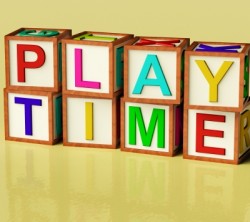 Each player receives a sheet of paper. He needs to draw 20 dots as he likes. Then he gives the paper to the player on his left who has the task to link all the dots in order to get some image. After that, the paper is passed to the player on the left who has to colour the resulting image, and so on. When the game is finished one large picture can be made from all the drawings and displayed on the board.
Each player receives a sheet of paper. He needs to draw 20 dots as he likes. Then he gives the paper to the player on his left who has the task to link all the dots in order to get some image. After that, the paper is passed to the player on the left who has to colour the resulting image, and so on. When the game is finished one large picture can be made from all the drawings and displayed on the board.
This game belongs to the group of activities with the aim to develop collaboration and cooperation. It’s suitable for kids 3 to 7 years old.
2. The game of introduction encourages honesty and originality. One variation of this game is false introduction when two children present themselves to each other, as if they met for the first time. When introduction is over, each child has to say two things about himself – one is true, and the other is false. His partner has to guess what is right and what is wrong.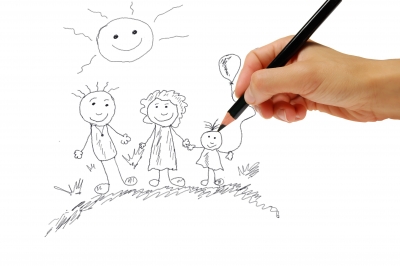
3. Role play allows the child to experience what it’s like to be somebody else. He/she has the opportunity to understand experiences and emotions of others. How it’s played? Well, teacher can tell kids to imagine a travel through a fairy tale. On his mark children change their appearance, facial expression, behaviour or some other detail, depending on the country or place they have previously imagined: The Land of Cockaigne (an imaginary land of great luxury and ease), the land of artists, elders, miners, silence, darkness,…
4. Trough expression games children are encouraged to express their feelings, experiences, needs, abilities, etc. out being limited. One of expression games is called the “poem”. Children and their teacher choose a well-known, not very long poem, and every child is given the task – to recite the poem as if he was angry, confused, conceited, in love…
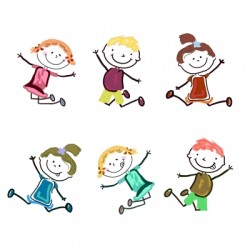 5. Another interesting game is a little wizard game. Children imagine they are wizards and can do whatever they want. They get tasks to resolve various conflicts – between dog and cat, Little Red Riding Hood and the wolf, elephant and mouse, brother and sister, etc. Children can resolve conflict situations by drawing, acting, or they can invent a sign or a word to make a spell. This game should help children realize that putting themselves in someone else’s place and analyzing the problem seen through the eyes of other people, is the first condition to resolve the conflict.
5. Another interesting game is a little wizard game. Children imagine they are wizards and can do whatever they want. They get tasks to resolve various conflicts – between dog and cat, Little Red Riding Hood and the wolf, elephant and mouse, brother and sister, etc. Children can resolve conflict situations by drawing, acting, or they can invent a sign or a word to make a spell. This game should help children realize that putting themselves in someone else’s place and analyzing the problem seen through the eyes of other people, is the first condition to resolve the conflict.
In one of my previous blogs I wrote about how important it was for my brother and other children with special needs to attend kindergarten, and about the positive influence it had on his behaviour. Do you agree that it’s important for children to stay in kindergarten and spend time with peers and teachers regarding their social and emotional development? What are your methods to encourage such development? Share with us your experiences and ideas.





